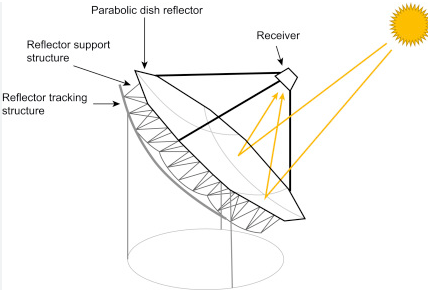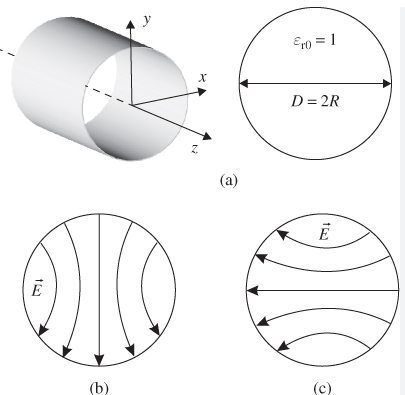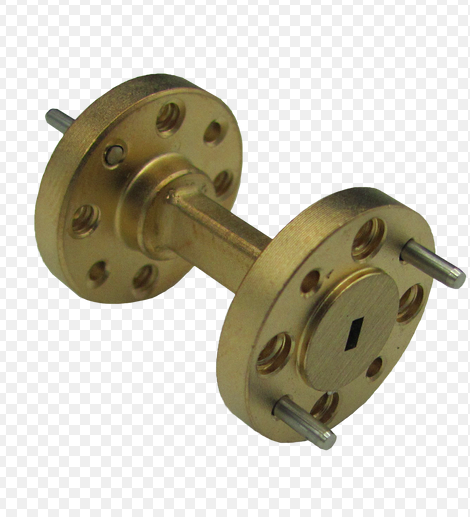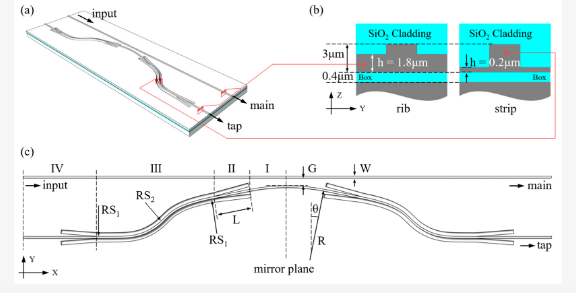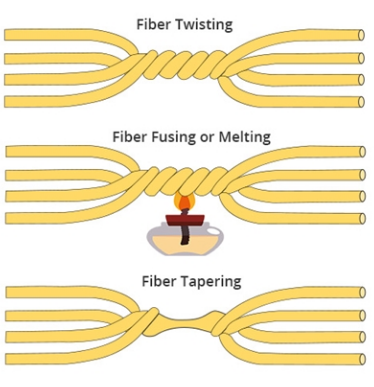Top 6 Global Suppliers of Waveguide Horn Antennas for High-Performance of 2024
From the plethora available applications, the waveguide horn antennas are clearly one of the most important invention in achieving high performance telecommunications and signal processing both in the realm of civilian applications and for military purposes, with technology constantly changing at a rapid pace. With continual technological development, global vendors offer increasingly efficient and accurate […]
Top 6 Global Suppliers of Waveguide Horn Antennas for High-Performance of 2024 Read More »


